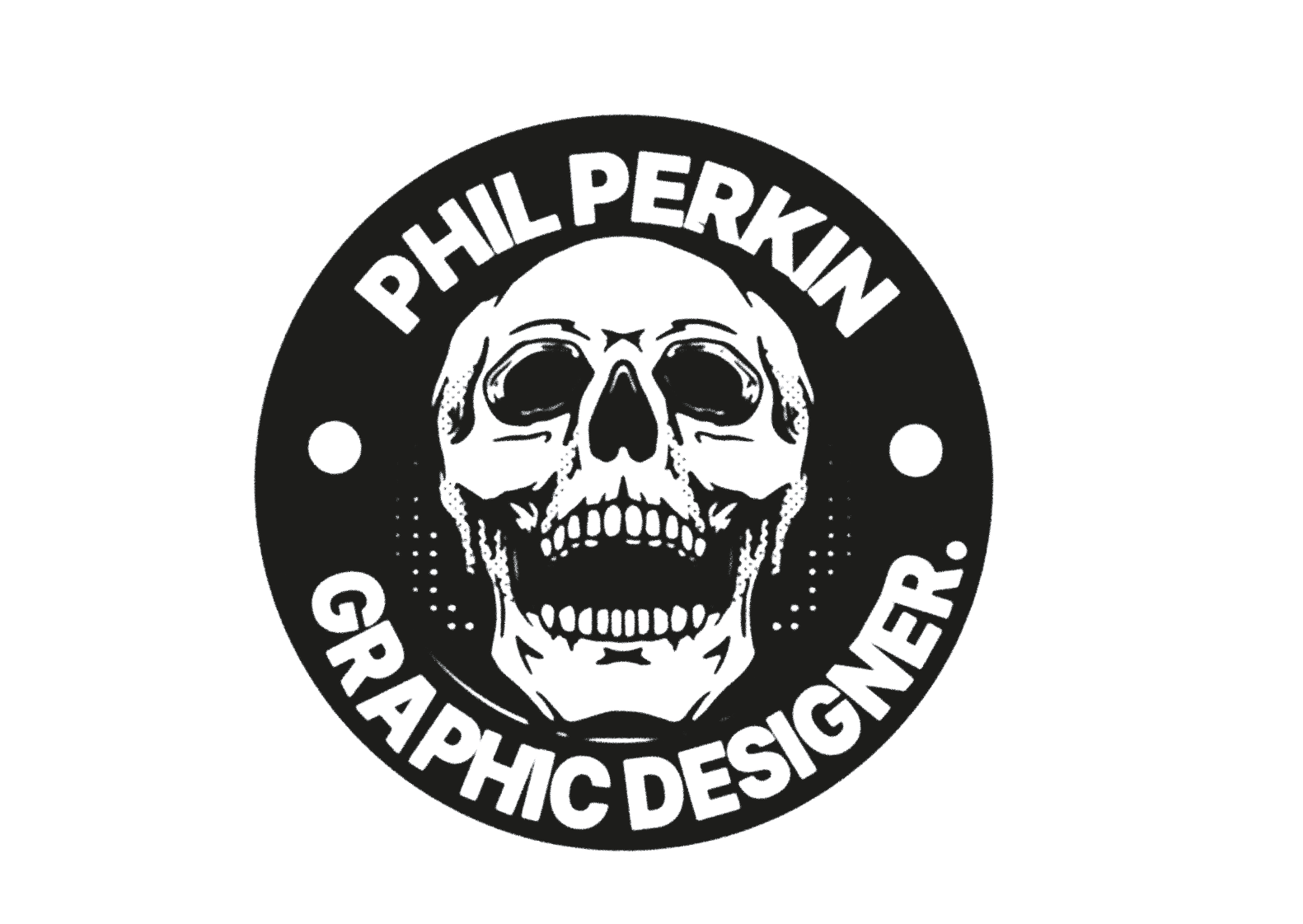Branding - Azorian Spy Museum, London
Student Project / Finalist in the Creative pool Awards 2022
Brief: Create an engaging and immersive spy museum experience that educates visitors about the world of espionage, while also providing entertainment and interactivity. The museum should captivate a diverse audience, from history enthusiasts to families seeking a memorable outing. The challenge is to strike a balance between education and entertainment, making the museum a must-visit attraction for tourists and locals alike.
Problem: Traditional museums often struggle to engage younger audiences and fail to provide an interactive learning experience. The challenge is to transform the concept of a spy museum into an exciting and educational adventure that appeals to a broad demographic. We need to convey the intrigue, mystery, and significance of espionage in a way that keeps visitors entertained and informed.



Solution: Our solution is to create a cutting-edge Spy Museum that combines history, technology, and entertainment to immerse visitors in the world of espionage. Here's how our approach solves the problem:
Interactive Exhibits: We will design interactive exhibits where visitors can experience the life of a spy firsthand. From code-breaking challenges to virtual reality simulations of covert missions, every exhibit will be designed to engage and educate.
Storytelling: We will employ storytelling techniques to weave together the history of espionage with real-life spy stories, making it relatable and captivating for all ages. Visitors will follow narratives that unfold as they explore the museum.
Technology Integration: Leveraging the latest technology, our museum will incorporate augmented reality, holography, and interactive touchscreens to create an immersive experience. Visitors will decode secret messages, analyze spy gadgets, and even step into the shoes of a spy in a virtual training scenario.
Educational Value: The museum will provide historical context, showcasing the impact of espionage on significant events throughout history. It will also delve into the ethical and moral dilemmas faced by spies, promoting critical thinking and discussion.
Family-Friendly: To cater to families, we will have a dedicated area with age-appropriate activities and games, ensuring that children and parents can enjoy the museum together.
Thematic Design: The museum's architecture and design will be reminiscent of secret lairs and espionage settings, enhancing the overall experience and creating a sense of intrigue from the moment visitors enter.
Our Spy Museum will offer an unforgettable journey into the covert world of spies, addressing the challenge of making history both educational and entertaining. By combining technology, storytelling, and interactivity, we will create an attraction that appeals to a wide range of visitors, making it a must-visit destination for anyone intrigued by the world of espionage.
The Logo:
Using a key and lock motif in a spy museum logo can be a clever and meaningful design choice for several compelling reasons:
Symbolism: A key and lock are powerful symbols associated with secrecy, security, and unlocking hidden information or mysteries. This symbolism aligns perfectly with the theme of a spy museum, where espionage, intrigue, and unlocking secrets are central elements.
Instant Recognition: Key and lock symbols are universally recognized, making them highly effective for creating a logo that visitors can quickly identify and associate with the concept of espionage and spies.
Intrigue and Mystery: The presence of a key suggests that there are secrets waiting to be uncovered, which can pique visitors' curiosity and draw them into the museum to learn more. This sense of intrigue is a fundamental aspect of the spy genre.
Memorability: A well-executed key and lock logo can be memorable and distinctive, helping your museum stand out in the minds of visitors and potential patrons. It's a symbol that's easy to recall and describe.
Versatility: The key and lock motif can be used creatively in various applications, such as signage, merchandise, marketing materials, and even interactive exhibits within the museum. It provides a flexible design element that can be adapted to different contexts.
Visual Appeal: When designed with care, a key and lock logo can have visual appeal and aesthetics that resonate with the museum's audience. The design can incorporate elements of elegance and sophistication, which are often associated with the world of espionage.
Historical Connection: Keys and locks have been used throughout history to safeguard confidential information and valuables. This historical connection can add depth and authenticity to the museum's branding.
Security and Trust: The key and lock symbol can also convey a sense of security and trust, which is essential for a museum that houses valuable artifacts and sensitive information. It suggests that the museum is a reliable custodian of its exhibits.
Interactive Element: In some cases, the key and lock motif can be used in interactive exhibits or as part of the museum's visitor engagement activities. For example, visitors may need to "unlock" clues or solve puzzles to progress through certain sections of the museum.
Colours:
Using black and white colors for a spy museum's branding and interior design can be a deliberate and strategic choice for several reasons:
Timeless Elegance: Black and white are classic, timeless colors that convey a sense of elegance and sophistication. A spy museum often aims to evoke a sense of intrigue, mystery, and sophistication, which black and white can achieve effectively.
Neutrality: Black and white are neutral colors that can serve as a backdrop, allowing the focus to be on the artifacts, exhibits, and information within the museum. This neutrality can create a clean and uncluttered environment, ideal for displaying intricate spy gadgets, documents, and memorabilia.
Contrast: The strong contrast between black and white can draw attention to specific elements within the museum, such as interactive displays, screens, or important artifacts. This contrast can guide visitors' eyes to where you want them to look.
Associations with Espionage: Black and white are often associated with classic spy movies and film noir, where they are used to create a sense of intrigue and secrecy. Leveraging these associations can help create a thematic connection with the world of espionage.
Aesthetic Appeal: Black and white can create a visually striking and aesthetically pleasing environment. The simplicity of this color scheme can make the space feel modern and sophisticated.
Branding Consistency: Using a black and white color scheme in your branding and design elements can provide a consistent and cohesive visual identity for the museum. It can help create a strong and memorable brand that visitors associate with the world of espionage.
Flexibility: Black and white can be easily complemented by other colors when needed. For instance, you can use red for accents to symbolize danger or urgency, or you can incorporate sepia tones for a vintage spy aesthetic.
While black and white can be a powerful choice for a spy museum, it's essential to balance these colors with appropriate lighting, signage, and interactive elements to ensure that the overall experience is engaging and informative. Additionally, consider the specific theme and narrative you want to convey within the museum, as this will influence how you use black and white in your design.












